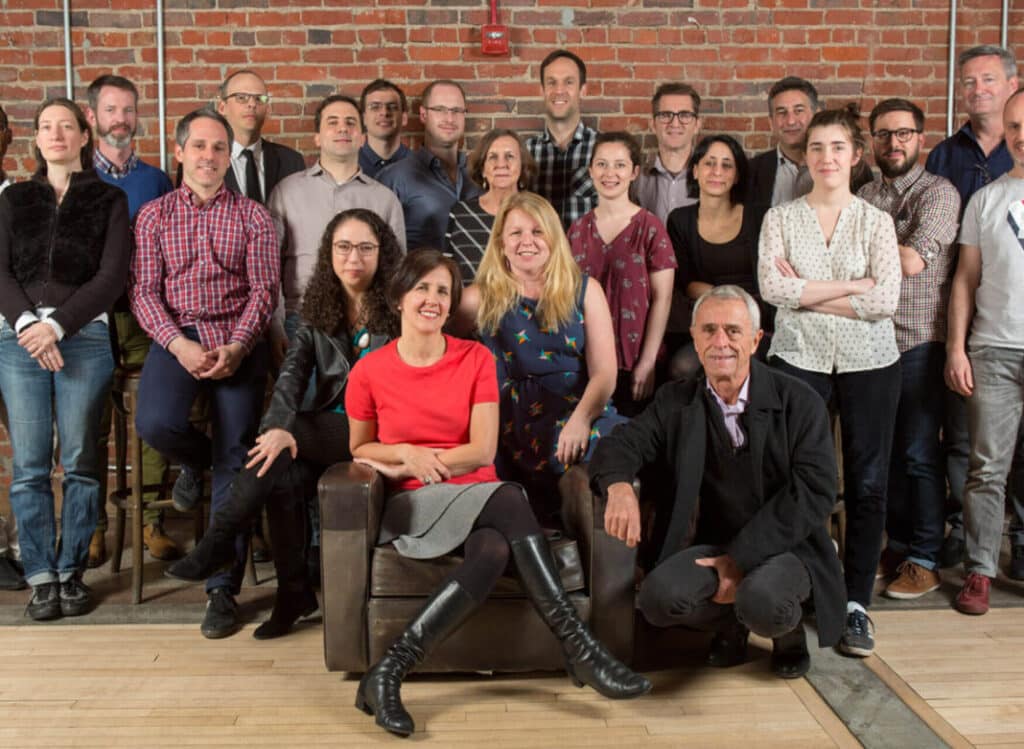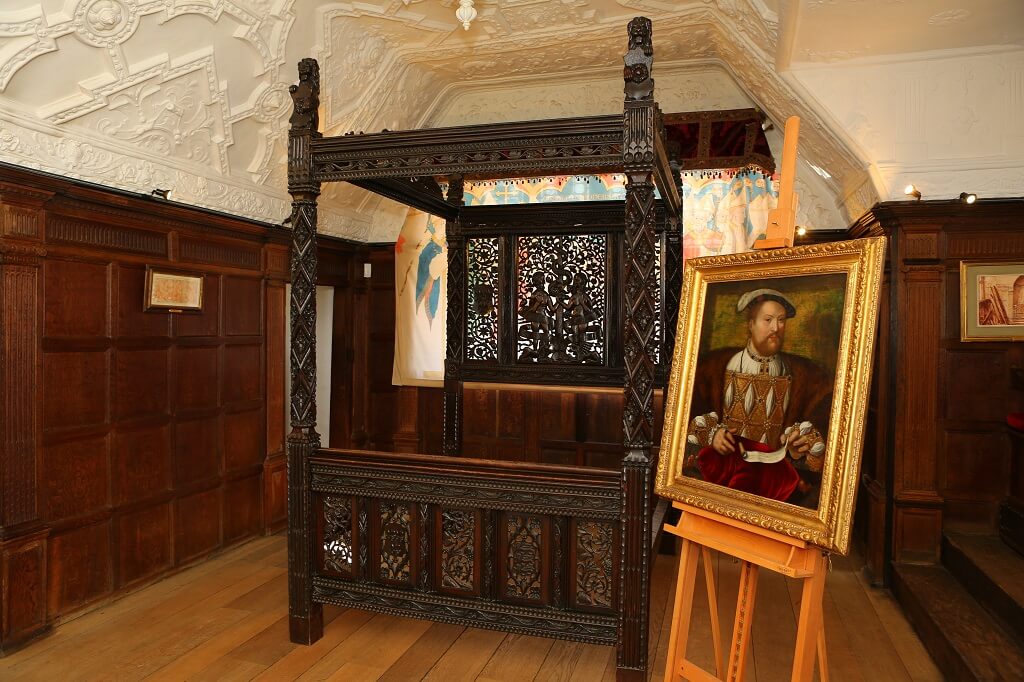When I read, among other things, that the late Queen’s Diamond Jubilee State Coach, which will be used in King Charles Coronation procession, contains timber sections fashioned into small varnished squares and used to decorate the interior walls and door panels, I recalled other “Royal Oak” connections.
The coach, which will figure prominently in TV coverage around the world, has wood segments sourced from 100 historic palaces, ships, and buildings, including the door from 10 Downing Street, Henry VIII’s flagship the Mary Rose, the Tower of London, and St Paul’s Cathedral.
The Mary Rose – Solving the 437-year-old mystery
The reference to the famous Mary Rose pricked my interest. Not only have I seen for myself this amazing wooden vessel in a very special “dry dock” in Portsmouth after it was recovered from the depths of the English channel, but I recalled another Australian connection.
Professor Andrew Lowe from the University of Adelaide was a key member of the team to successfully extract DNA – back in 2004 – from the oak timbers of King Henry VIII’s Flagship, the Mary Rose, which sank in 1545 and was salvaged in 1982.

As one of the world’s leading forest geneticists, Prof Lowe says he utilises “short DNA reference markers that are found even in fragmented DNA and used to identify the species of oak in samples.”
As Chief Scientific Officer of Double Helix Tracking Technologies, he has been involved in a lot of pioneering work in DNA fingerprinting of wood, to both catch the illegal loggers, as well as clearly verify the source and species of timber being put to all sorts of uses around the world.
He established the unique DNA extraction protocol developed for this enterprising company, which was also applied to another prized and historic regal object: the bed made for the marriage of Henry VII and Elizabeth of York in 18 January 1486.
The work by Prof Lowe and DoubleHelix helped prove that a bed once dumped in a carpark was actually a 500-year-old artefact which could be worth £20 million (S$40 million).
The four-poster oak bed, which one expert has called “England’s most important piece of furniture”, could even have been where one of its most famous/infamous kings, Henry VIII, was conceived.
Putting together the details in a story for DoubleHelix, I found that research on the furniture item – which was discovered at an auction in England in 2010 – established its provenance, structure and symbolism, narrowing it down to actually be the bed made for Henry VII and Elizabeth of York.
DoubleHelix tells us that using a DNA marker that is just 8 base pairs long – a very small but vital genetic measurement – North American and Eurasian white oak can be differentiated.
As it turns out, all samples from the Royal bed had this unique marker present, showing that the oak used was not from North America, as previously suspected. Further testing strongly suggested that the samples were in fact continental European oak, and not from the British Isles.
It was apparently quite typical for English medieval elites to import the finest, slow-grown oak for their Royal beds.
As discovered by Prof Lowe and his team of scientific fingerprinting sleuths, the DNA of the mighty oak tells many stories – about where it comes from and how it is used, whether for beds, boats, barrels or even boards. Floorboards included!
Oak featured into another of DoubleHelix ongoing investigations, this time for another UK organisation in the flooring business, which wanted to make sure the oak it was using was the real thing.
Using DNA to test global supply chains
Eight years ago (in 2015), Brooks Bros (UK) Ltd called on DoubleHelix as it wanted to provide assurance to its customers that the oak harvested from certified forests in Europe and shipped to China to be turned into flooring products, was not being contaminated in any way.

In the process, they wanted to clearly communicate that their market-leading actions met the strict British Responsible Purchasing Policy standards.
A team was formed, consisting of bilingual staff based in Beijing, China, supported by team members in Singapore – where DoubleHelix bases its operations – to ensure effective communication with both the Chinese supplier and to the head office of Brooks Bros in Maldon, England.
What DoubleHelix set in train was a desk-based and on-site risk assessment in China to map out the supply chain and identify any risks. To further mitigate against higher risk sources entering the supply chain, the tracking experts recommended a customised verification process of document checks for every batch of oak logs delivered to the factory.
Then the science at the heart of DoubleHelix’s work came into play. An isotope testing process was applied on a sample basis to oak components, providing independent, scientific evidence and assurance of its Western European origin.
Every step of risk assessment, mitigation and supplier engagement was carefully documented, so that verifiable evidence was always available, integrated into the Brooks Bros’ existing Due Diligence System.
Admittedly, this went beyond DNA fingerprinting, but it goes to show that solving crimes involving wood – and preventing them – is all in a days’ work for DoubleHelix.
Oak is obviously not the only wood the Singapore-based company takes care to track and trace. It was directly involved in the classic US case of the BigLeaf Maple, catching those involved in forest crime by using on-the-ground and lab testing. It turned out to the first use in the world of DNA fingerprinting to catch a thief in the forest.
More recently the University of Adelaide and DoubleHelix have been called on to prevent the illegal harvesting and export of the precious bark of the African cherry, which is used in prostate cancer treatment in Europe.
Commitment to traceability and transparency
It also works with other organisations internationally, like Sourcemap, to help confirm market commitment to traceability and transparency. Then there’s the supply of timber from Europe for projects in Asia, like the Patina resort in Maldives and the Changi Chapel Museum rebuilding in Singapore.

There’s another recent project involving Venturer Timberwork, PEFC and DoubleHelix around a collection of Mass Engineered Timber (MET) pavilions for the National Parks Board in Jurong.
Leonardo A Bonanni, the Founder CEO at Sourcemap, had this to say recently:
“Thanks to advances in supply chain traceability technology, the price of knowing what you’re buying is less than 1% of the cost of goods (usually 0.1% or less). And traceability is worth its weight in gold, not just because customers and consumers can once again trust certifications, but because resources can be focused on the parts of the supply chain that need them most.
“It’s time we applied the same standards across supply chains and implement full traceability for certified sustainable raw materials — and to put an end to the myth of mass balance.”
So, I’m convinced, as are many others in the know, that “traceability is worth its weight in gold”, whether it’s to verify the European oak that featured in the 500-year-old Royal bed – reputedly worth £20 million (S$40 million) – or to detect illegally logged timber from Asia, America or Africa. DoubleHelix has tracked and traced them all.
Note: The historic Royal oak bed featured in this article is held in Coulson’s Langley Collection of historic beds and, along with other vintage furniture, often features in exhibitions at stately homes and castles in England.
- Go to DoubleHelix for an earlier version of this story: “Vintage oak valued for wine barrels, antique furniture and solid flooring”.






